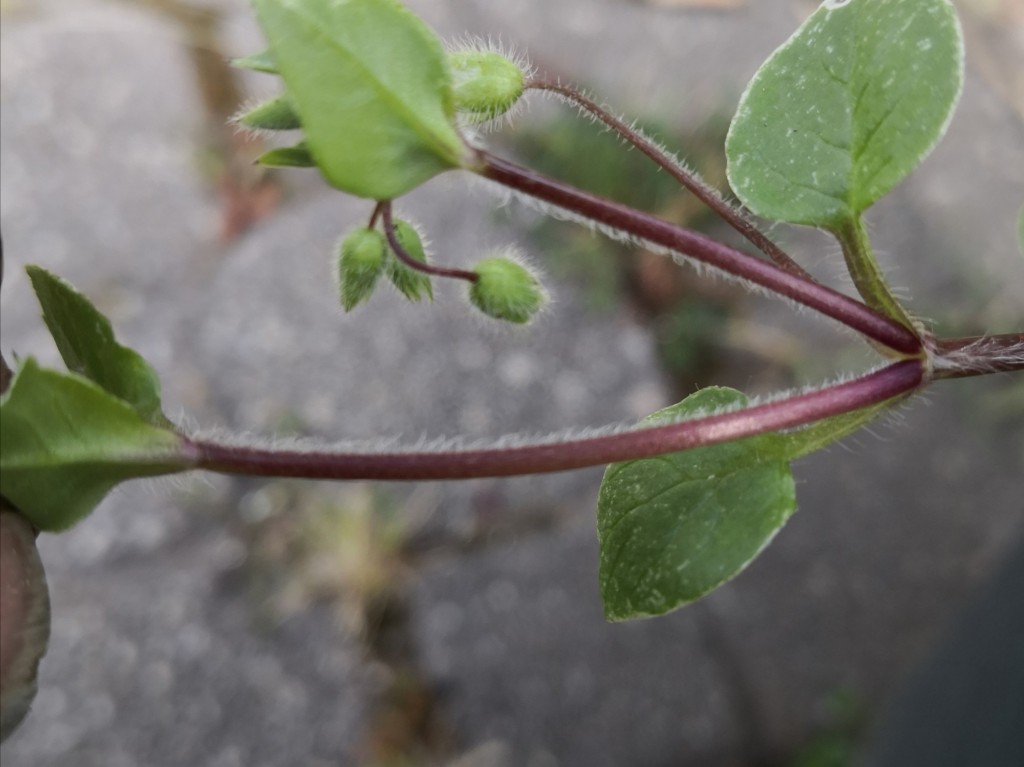
Common names: Chickweed, Chickenwort, Winterweed
Taxonomic name: Stellaria media
Family: Caryophyllaceae
Related herbs:
Healing constituents : Essential oil, saponins, anthraquinones, flavinoids
Uses: Food, anaemia, inflamation, irritation, rashes, chook food
Area of origin: Eurasia
Warnings: Not recommended during pregnancy.
Chickweed (Stellaria media) is a sprawling ground cover that comes out at the end of winter, just when our bodies need one of its main effects.
Chickweed is an excellent way to move those stagnant fluids in our bodies, those toxins that build up over winter with all the good eating, the cold and lack of movement. It is known in herbalism as a lymphatic tonic as it helps get the lymph moving and draining as it should.
Chickweed contains saponins, soap-like substances that help clean and cool our membranes and thus reduce inflammation and swelling.
The main Folk use for Chickweed’s cooling, soothing nature is for rashes and inflammations. Almost any kind of inflammation can benefit from Chickweed, but it comes into its own when used as a cream or poultice for rashes. It is a very effective way to get diaper rash under control. Eczema responds well to it too.
Anytime you see ‘red’, ‘inflamed’ or ‘irritated’ tissues, especially in Spring, they could benefit from Chickweed.
Being a soft plant, it is best used fresh to take advantage of all it’s water soluble goodness as it’s not very potent when dried. When fresh, use Chickweed as a vegetable in winter and spring meals as a spring cleaner. It has so much moisture in it that 100 grams dries down to 10!
Nutritionally, Chickweed contains Vitamins A, B1, B2 and B3, iron, magnesium, manganese and zinc, potassium and sodium (the latter two making it useful for fluid imbalances). Its Iron content makes it a must for anaemia and after pregnancy.
In your garden, it can be used as an indicator of high nitrogen levels.
Identifying Chickweed
There are quite a few similar plants around at this time of year, so it’s important to learn how to identify Chickweed properly.





